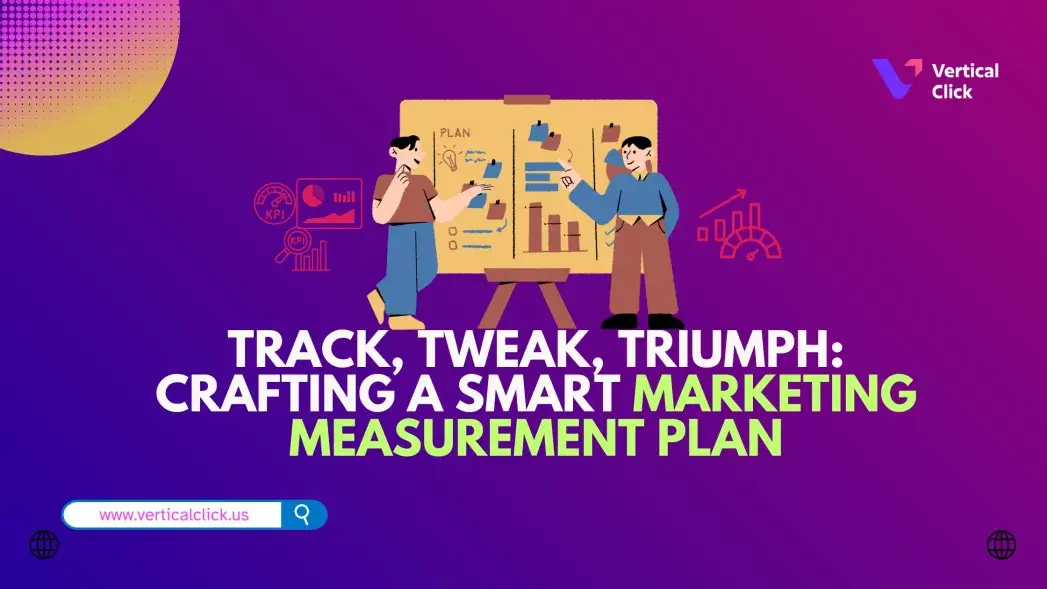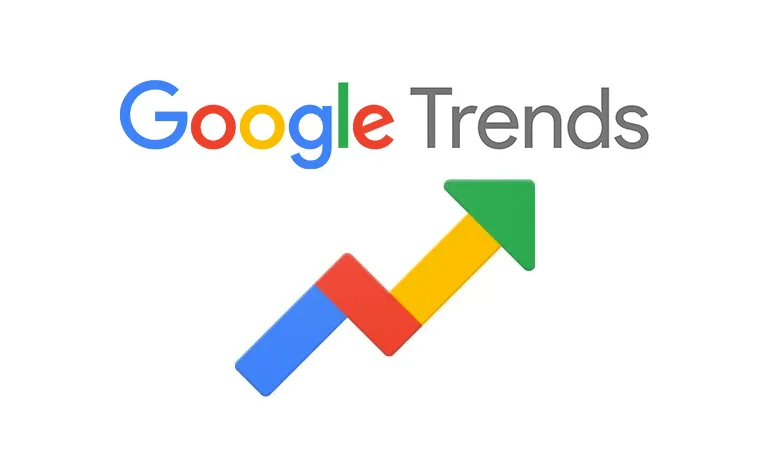Measuring marketing effects is akin to shooting arrows in obscurity: you may well hit a target, but you’ll never know how or why. Luck is not an alternative to the smart in recent times. Data is. A well-conceived marketing measurement plan has the potential for the tracking of results, better decision-making, and faster growth.
Let’s see how to make one step by step.
Why Measurement Matters
Every business wants more customers, more clicks, and more sales. But unless you are measuring what’s working, you have no way of really knowing how to get there. That’s why marketing measurement is so important: it allows you to
- Know which campaigns are actually working
- Stop wasting money on what doesn’t work
- Make changes based on facts and not guesses
When you measure the right things, you can make adjustments in strategy and continue to improve. That is where the real growth comes.
Step 1: Set SMART Goals

The first step is to determine business objectives clearly. An effective way to achieve that is through the SMART goals process. SMART is an acronym for
- Specific: What exactly do you want to achieve?
- Measurable: Are you able to say how much progress has been made with numbers?
- Achievable: Is this goal realistic in relation to your team?
- Relevant: Does the goal bode well for your business?
- Time-bound: By when do you want to achieve it?
For example: Instead of “Get more leads,” a SMART goal would be “Increase qualified leads from LinkedIn ads by 25% within 3 months.”
Step 2: Choose the Right KPIs

The KPIs are the numbers that truly count. These are the results that can really speak to whether or not your marketing is making an impact on the growth of your business.
Some relevant examples by channel would include
- Email Marketing: Open rates, click rates, unsubscribes, and conversions.
- Social: Likes, shares, comments, engagement rate, and traffic from posts.
- Website/SEO: Website visits, bounce rate, keyword rankings, and average time on site.
- Paid Ads: Click-through rate (CTR), cost per click (CPC), and return on ad spend (ROAS).
Not all metrics are useful, and you should be prudent in focusing on KPIs that connect to your business goals.
Step 3: Use the Right Tools
Now that you know what to measure, you are going to need to have the right tools to track your data. Useful tools include:
- Google Analytics: For tracking web activity.
- Meta Ads Manager/Google Ads: For tracking ad conversion.
- MailChimp/HubSpot: For tracking email conversions.
- SEMrush/Ahrefs: For SEO tracking.
These tools help you identify what works well and what doesn’t, so you can make an informed decision.
Step 4: Test, Learn, Improve
Tracking is only one half of the work; the other half is to improve based on the analysis. If an email has very few opens, change the subject line. If an ad has a high CPC, change the ad image or audience targeting.
Tip: Always change only one thing at a time so that you will be able to pinpoint the one factor that made the difference. Marketing is an ongoing learning process.
Step 5: Report and Share Your Results
Finally, to compile routine reports. Keep it simple. A simple table or executive summary with key numbers and action points would work.
Try to disseminate your results to your team or clients. This builds trust and helps everyone stay aligned. It maintains focus on results, not merely activities.
Example
The Sunshine Soap Company has used Google Analytics to investigate the source of traffic to its website. It discovered that most of the traffic was coming from Meta and that these visitors were more likely to make purchases. As a start-up, the company aimed to utilize Facebook’s A/B testing to understand their target audience, their preferences, and the most effective strategies. Within just a few months, this resulted in approximately a 39% increase in returning customers & 122% in conversions.
Conclusion
A smart marketing measurement plan stops you from guessing and gets you winning. Set clear goals, focus on the right numbers, work with simple tools, and keep testing and improving. When you measure marketing right, every campaign becomes an opportunity for growth.









